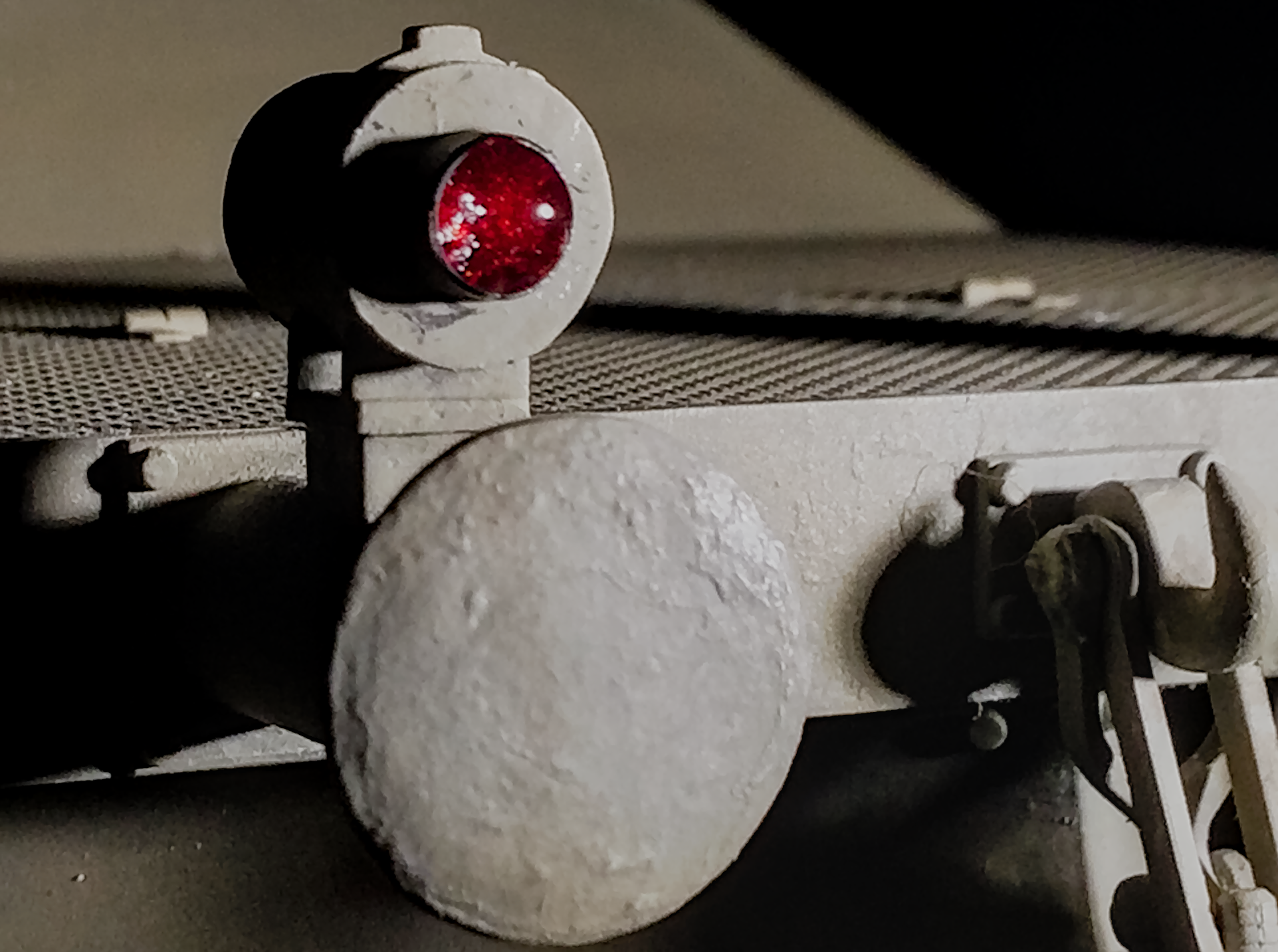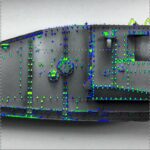Discover the Microcosm of Texture and Realism That Transforms Every Build into Art
Imagine peeling back the layers of your favourite model and uncovering a world of intricate detail that typically goes unnoticed. Macro photography is taking scale modelling to unprecedented heights by revealing the subtle textures, delicate weathering effects, and exquisite craftsmanship that are invisible to the naked eye. This innovative perspective doesn’t just capture a model—it transforms it, turning every chip, brushstroke, and rivet into a captivating story of authenticity and passion. Get ready to explore how this groundbreaking technique is redefining realism in the hobby, inspiring modellers to perfect their art from the minutest detail upward.
🔍 A New World of Detail: Macro
In the ever-evolving world of scale modelling, a new frontier of detail has emerged—not through a new paint, weathering trick, or resin aftermarket kit—but through the lens of macro photography. This shift is opening our eyes (and cameras) to a world we’ve always built, but rarely truly seen.
📷 The Hidden Universe on Your Desk
Macro photography allows us to zoom into the smallest features of our models—panel lines, weld seams, cast textures, paint chips, subtle pigment layers, rivet lines, rust bubbling, and even dust accumulation—and view them at a magnification our eyes simply can’t replicate. A 1:35 scale tank’s hull, no larger than your hand, suddenly feels like a 40-ton behemoth when viewed up close. That worn edge on a turret hatch or the slight stippling of a rust patch? It becomes a sprawling landscape of storytelling.
This deeper view brings newfound appreciation to overlooked techniques—like the feathered blending of grime streaks, or the minute colour shifts in layered washes. That oil spill you dabbed with a cotton swab? It’s now the star of a cinematic shot.
And with this shift comes a realization: we’re not just painting models—we’re crafting entire microcosms.
🚧 The Challenge of Honesty
But this new world of macro detail is not without its challenges. Under magnification, flaws once invisible become glaring: stray brush hairs, thick decal film edges, uneven pigment application, overspray, or stray fingerprints. Macro photography is brutally honest. It forces us to confront every shortcut or overlooked step.
Yet this is a good thing.
Seeing our work at this level helps us improve. It trains our eye and refines our technique. We begin to think not just about how a model looks on the shelf, but how it would hold up under scrutiny—as if we’ve shrunk down to inspect it ourselves.
🤔 What Do We Really Want to Show?
There’s a philosophical shift too. Macro detail makes us reconsider what “realism” means. Some weathering might look dramatic and satisfying from a foot or two away but appear exaggerated or artificial under a macro lens. Conversely, subtle techniques—like the stippling of cast steel, fine pigment layering for dusty effects, or faint hydraulic fluid stains—shine in close-up.
Macro work rewards nuance. A subtle tone variation in dry-brushed metal or the chalky residue of salt weathering becomes crucial.
So the question becomes: are we building for realism at 3 feet (0.91 m) away, or for immersion under a microscope? Can we achieve both? Should we?
😀 Embrace the Detail
The best part? Macro photography lets us celebrate the work that often goes unnoticed. That rivet line you masked for an hour? The modulation of tones across an engine block? The soot on an exhaust pipe you dabbed on with a torn sponge? In macro, they’re no longer background noise—they’re centre stage.
This new perspective invites us to slow down, experiment, and appreciate our models in a new way. It’s not just about finishing faster or winning contests—it’s about storytelling, mood, and craft.
📱 Tips to Explore Macro Detail in Your Builds:
- Use the tools you already have: A smartphone with a clip-on macro lens is a fantastic starting point. For those with access to more advanced gear, a DSLR or mirrorless camera with a dedicated macro lens offers incredible control.
- Tablets and iPads are increasingly powerful allies in this realm. Many support macro-capable camera systems (like the iPad Pro), and can run advanced photo editing apps seamlessly—ideal for a larger editing workspace on the go.
- Try these professional photo apps:
- Adobe Lightroom Mobile (iOS/Android/iPadOS): Fine-tune exposure, contrast, and sharpness. Great for detailed texture enhancement.
- Snapseed: Handy tools like “Structure” and “Selective Adjust” help emphasize detail areas.
- VSCO: Unique filters and colour grading to give your shots artistic flair.
- Halide (iOS): Manual focus and RAW capture help push your iPhone’s camera to its limits.
- Affinity Photo for iPad: A powerful desktop-class editor for deep work on the go.
- Light your model well: Macro shots thrive on shadow, contrast, and angled light. Use LED lamps, bounce cards, or even sunlight through a window for dramatic effects.
- Play with depth of field: Highlight specific features while softening the rest—just like in portrait photography.
- Start small: Pick a single section—like a wheel well, turret roof, or engine bay—and aim to bring out all the realism and storytelling it holds.
Whether you’re a weathering wizard or just starting your journey into detail, macro photography offers an exciting opportunity: to step into your own miniature world and see it like never before.
Welcome to the new world of detail. Welcome to macro.




